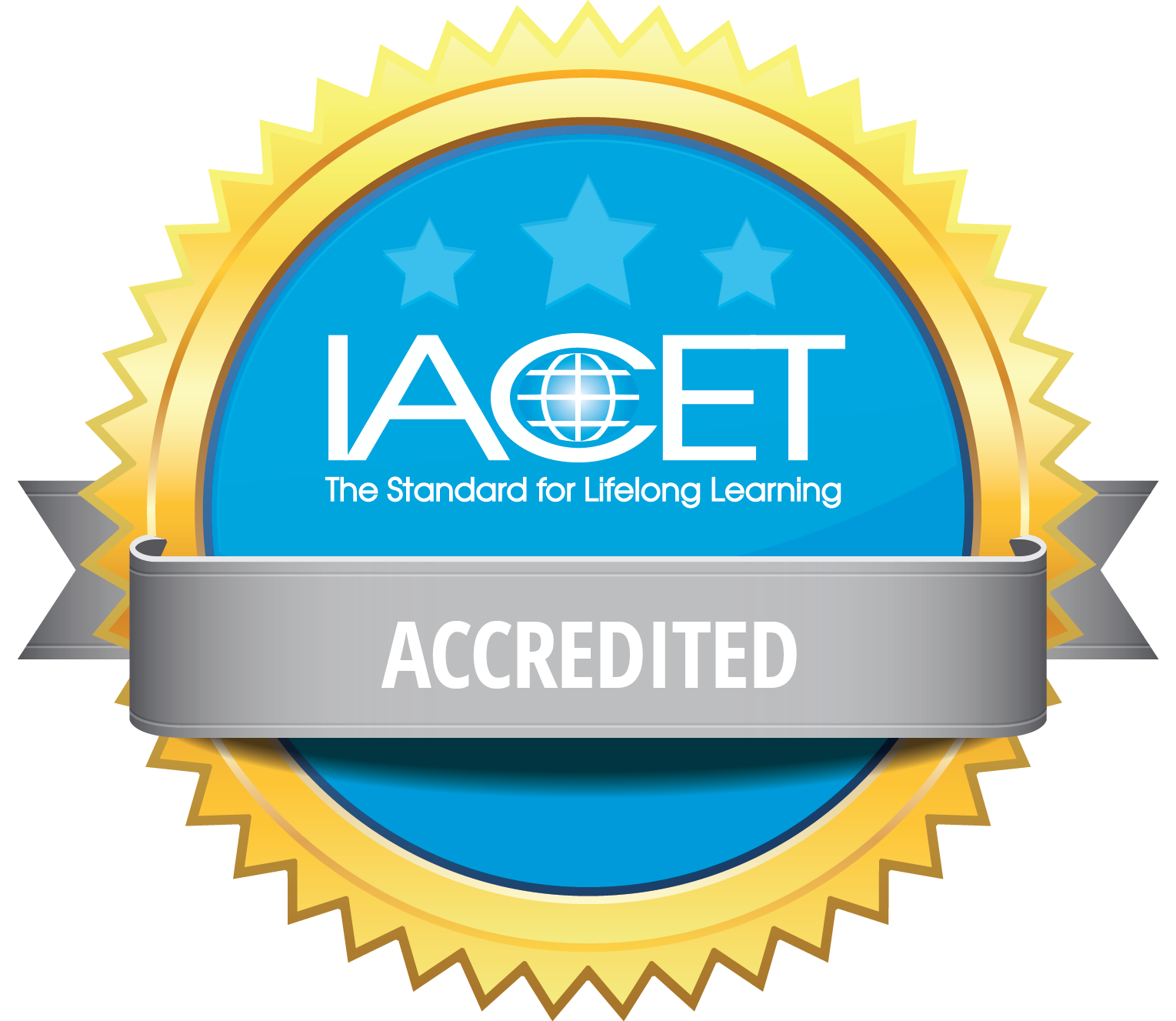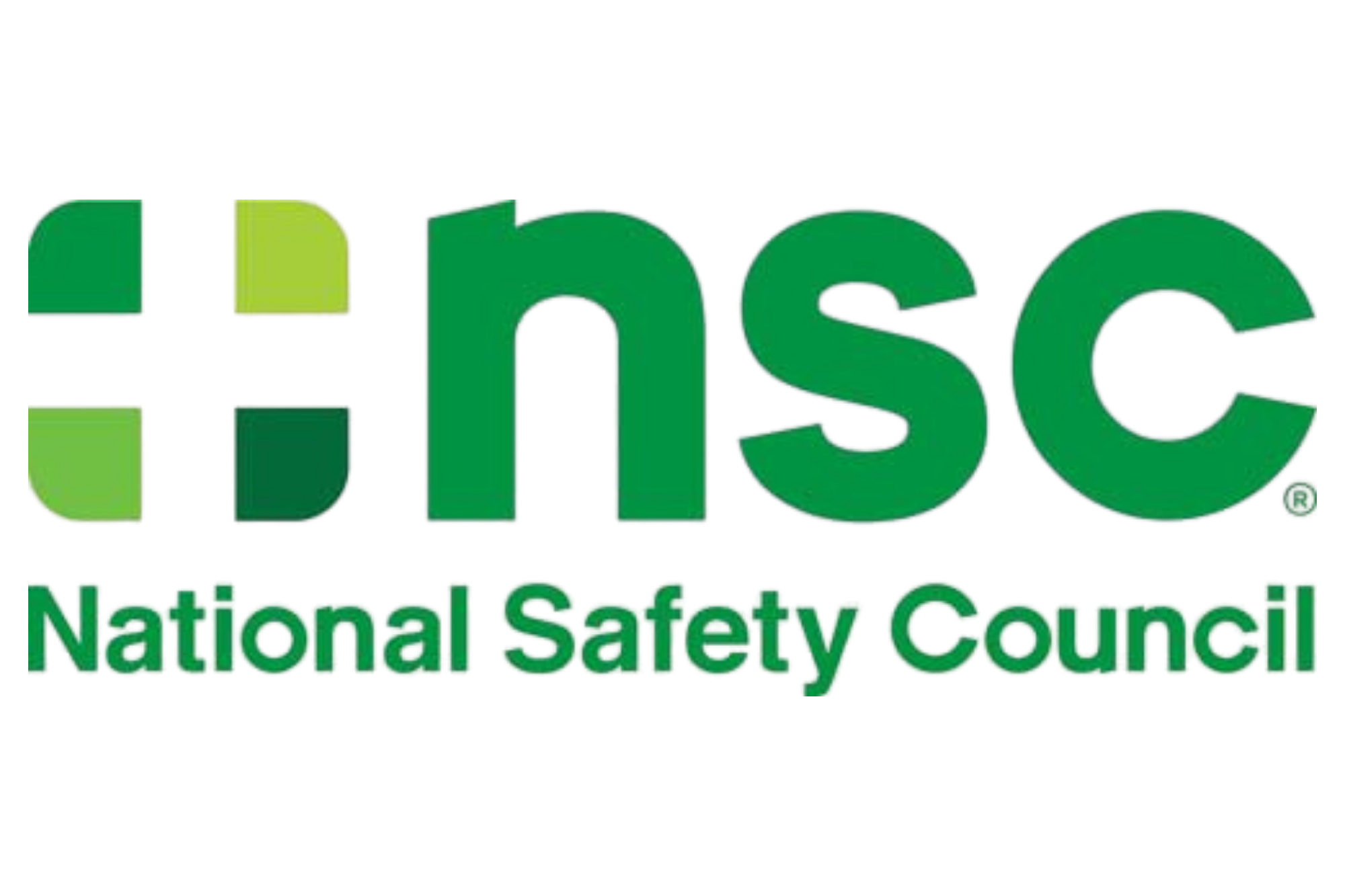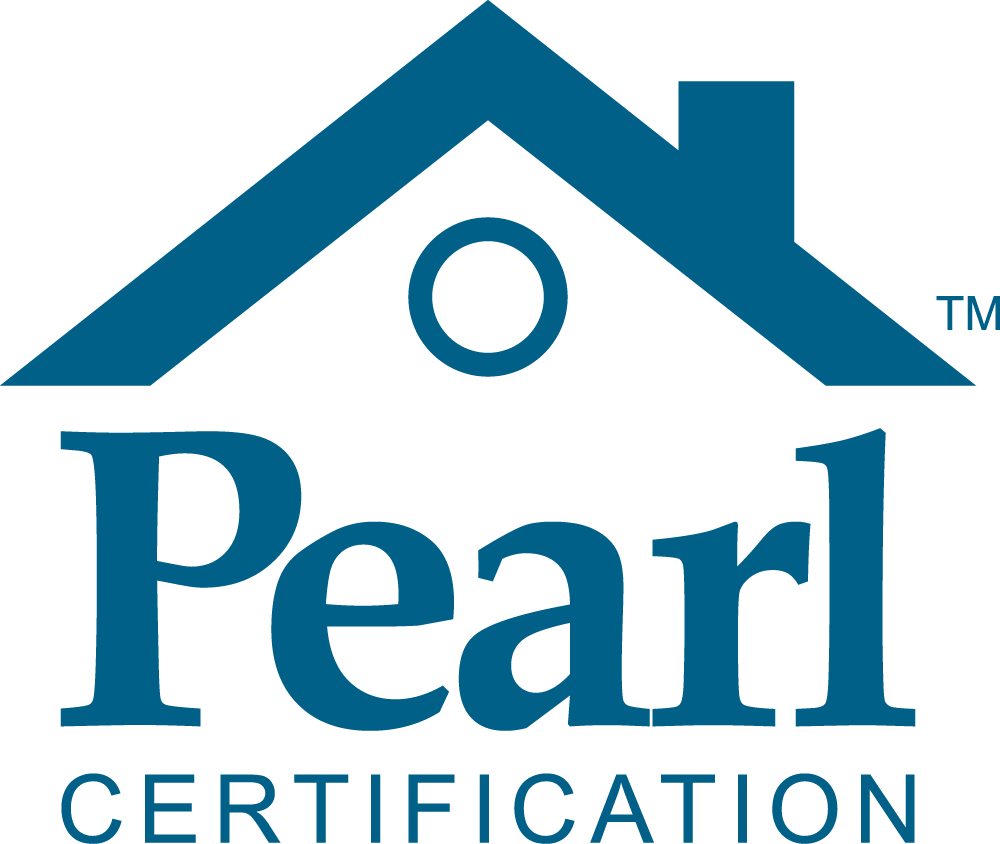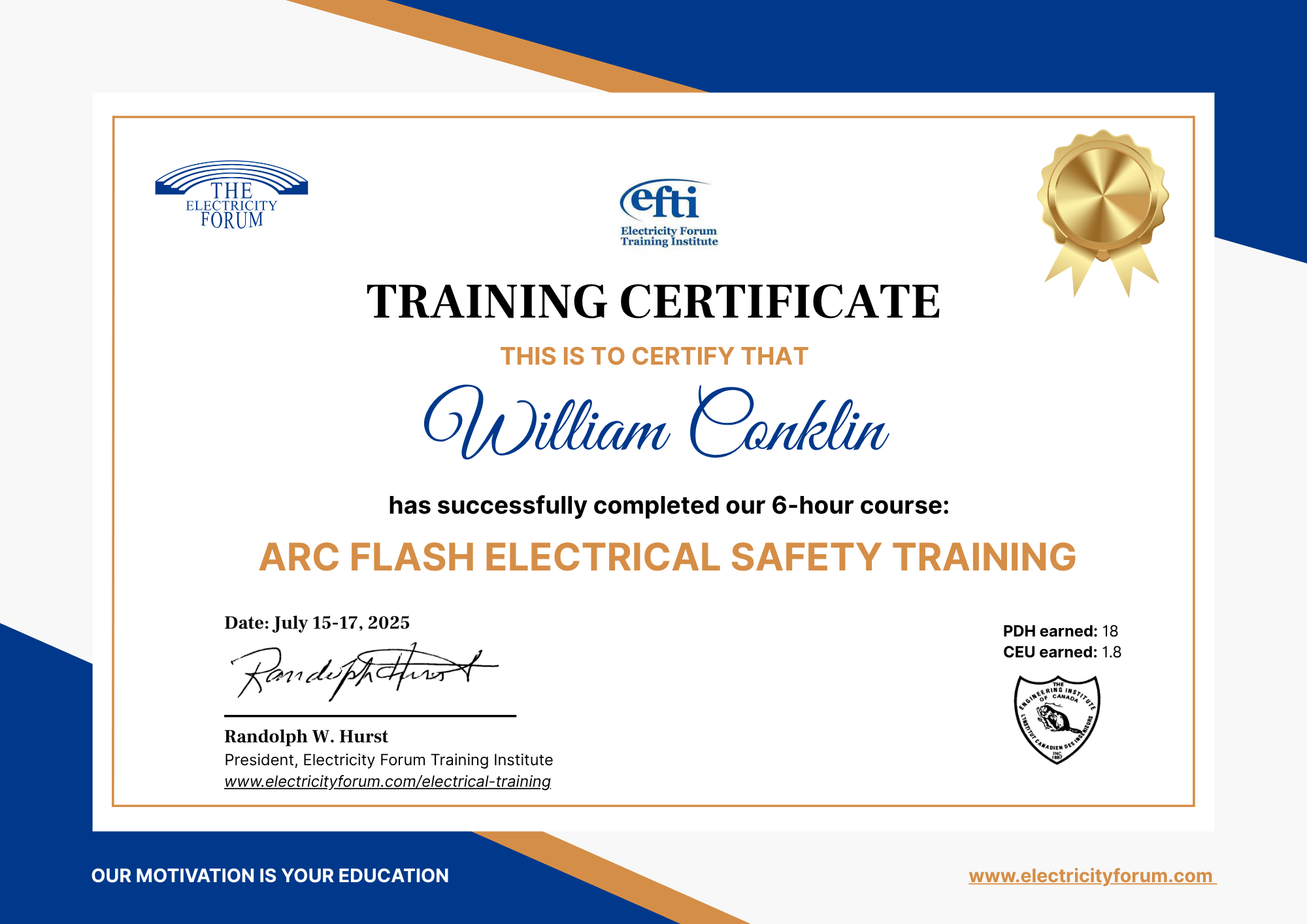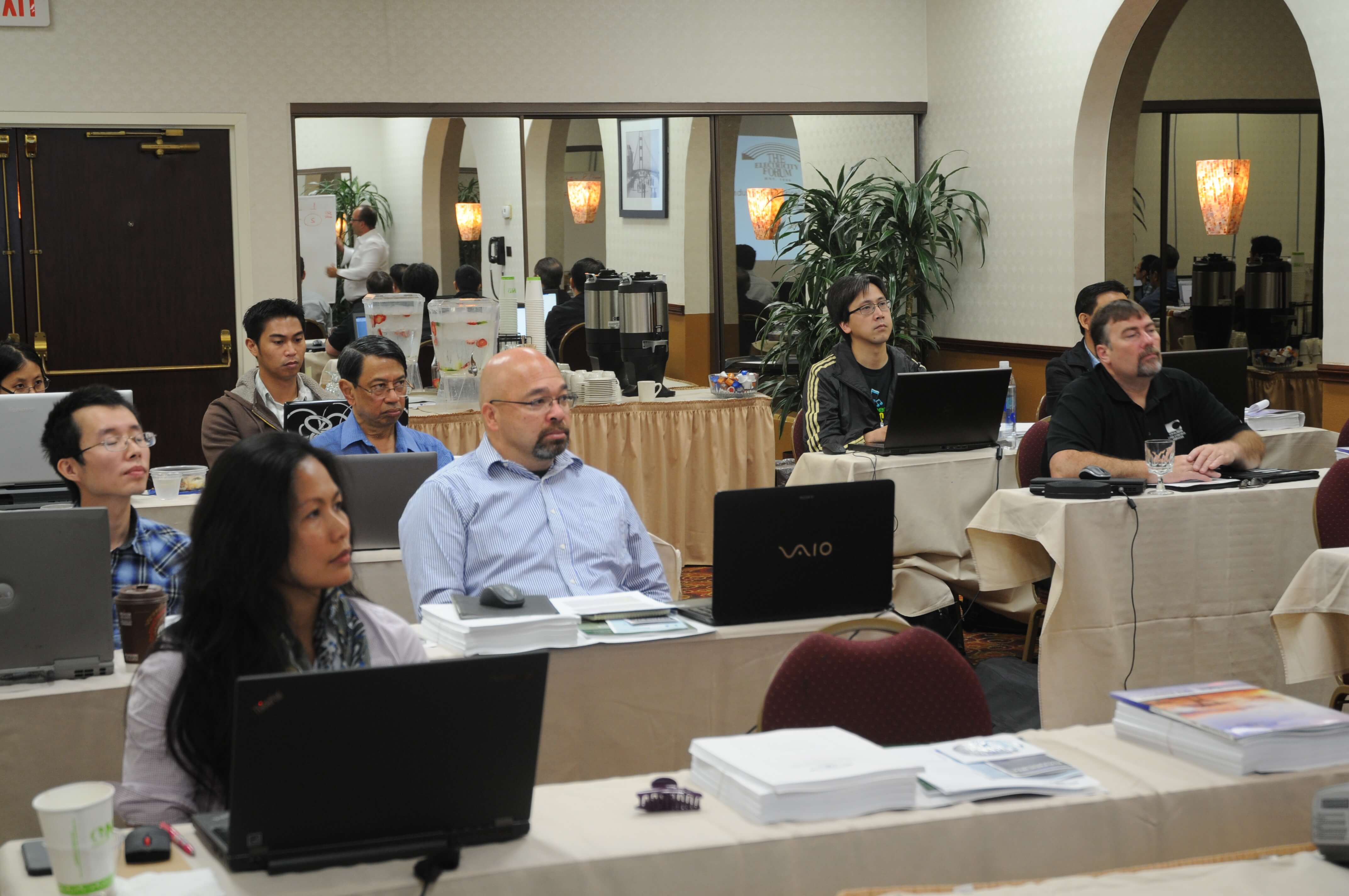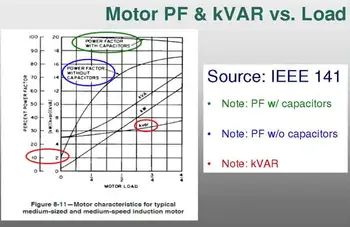
Why Substation Training Matters
Substation Training teaches professionals how to design, operate, and maintain electrical substations. Learn grounding, protection systems, power transformers, and switchgear operation to ensure safety, reliability, and efficiency in high-voltage power transmission and distribution.
- Protects workers from life-threatening hazards
- Helps employers meet NFPA 70E and CSA Z462 regulatory requirements
- Teaches hazard recognition, proper PPE use, and safe work practices
- Reduces legal, financial, and operational risks for organizations
Certified Substation Training
- Ensure compliance with NFPA 70E and CSA Z462 Workplace Electrical Safety standards.
- Provide practical instruction for both qualified electrical workers and non-electrical personnel.
- Protect employees and reduce downtime through effective hazard prevention and mitigation education.
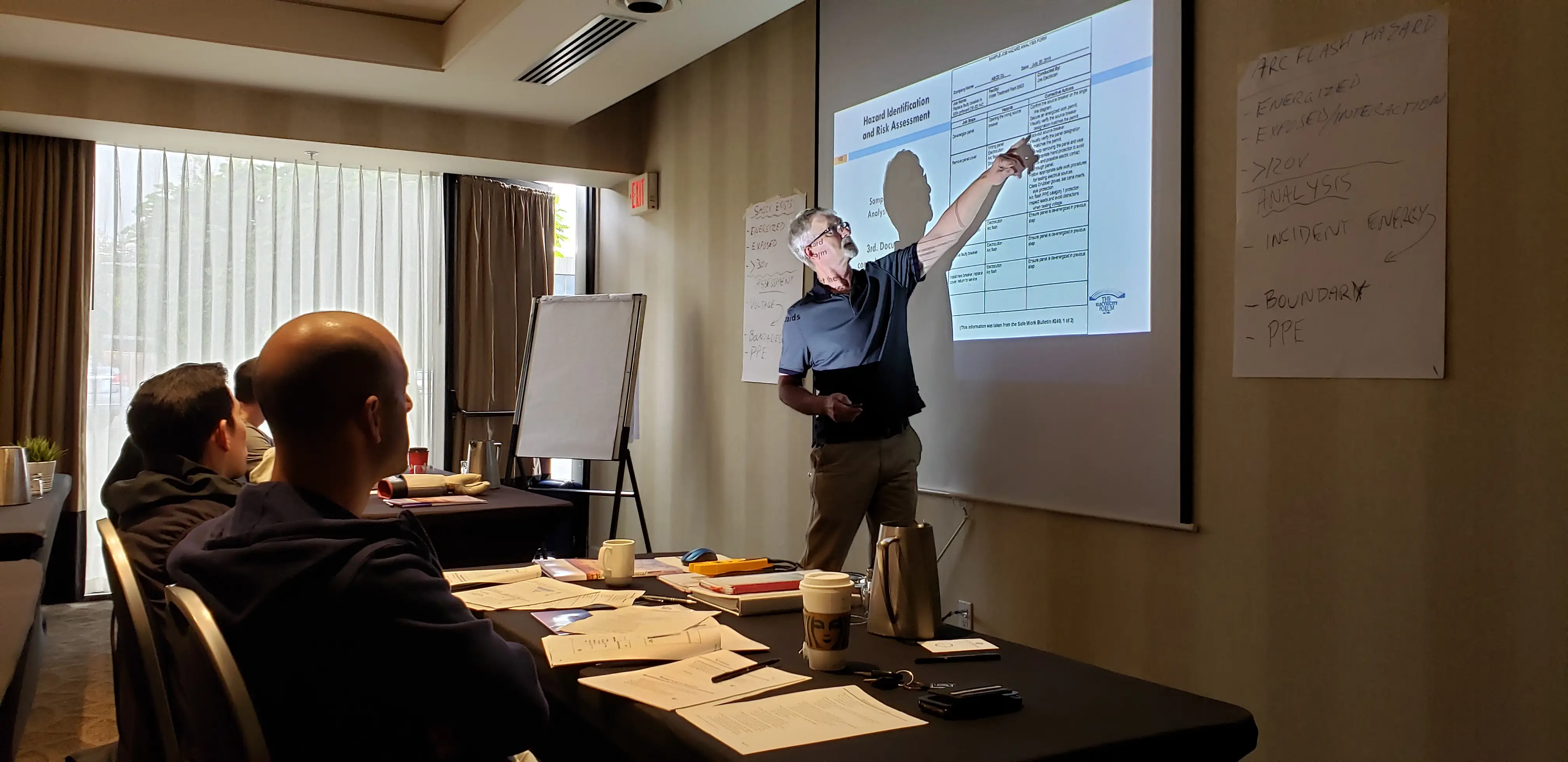

Explore EF Training Subjects
Arc Flash Electrical Safety Courses
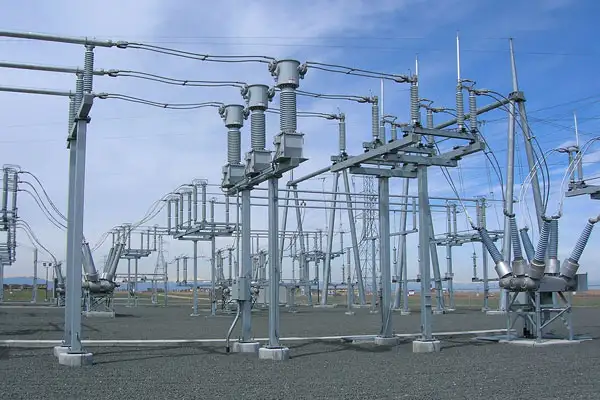
Power Substation Training
Our 12-Hour Live Online Power Substation Training course will cover the major elements that build electrical substations and switchyards.
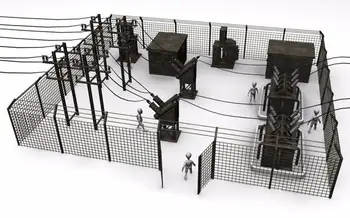
Substation Automation Training
Substation Automation Training teaches SCADA, IEDs, IEC 61850, and cybersecurity for new and retrofit substations. Includes real-world case studies.

Substation Design Course
Substation Design Course - Register Today. Students will cover the maintenance and testing requirements for common devices, including power transformers, oil, air and vacuum circuit breakers, switchgear, etc.

Substation Maintenance Training
Our 12-hour substation maintenance training covers testing, inspection, and safety procedures for transformers, breakers, relays, and switchgear.

Substation Relay Protection Training
Substation relay protection training – Learn to apply relays to lines, transformers, and more in this 12-hour live course. CEUs, PDF handbook, $100 coupon.

Substation SCADA Monitoring
Substation SCADA Monitoring Training - Electrical training for power industry professionals - Register Today and Save
Substation Training Certification and CEU Credits
- Our Substation Training courses are recognized for Continuing Education Units (CEUs) and Professional Development Hours (PDHs).
- Delivered by industry-certified instructors with decades of field experience.
- Training meets or exceeds OSHA, NFPA, and CSA requirements.
Recognized by
